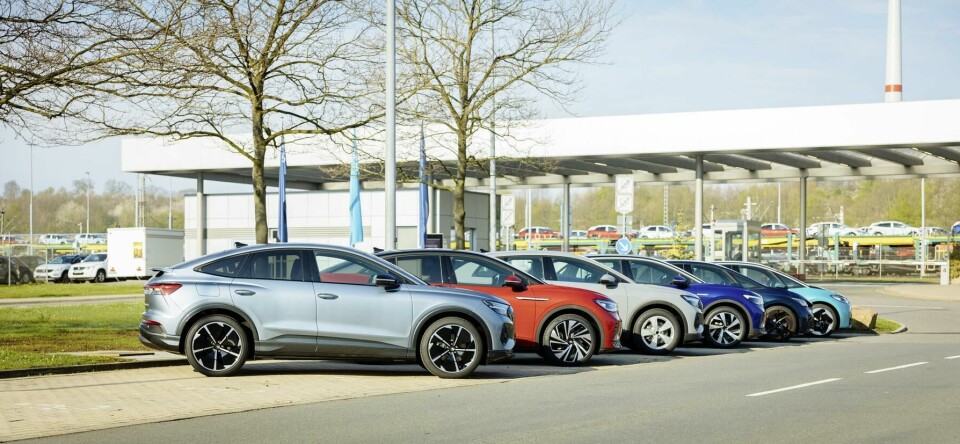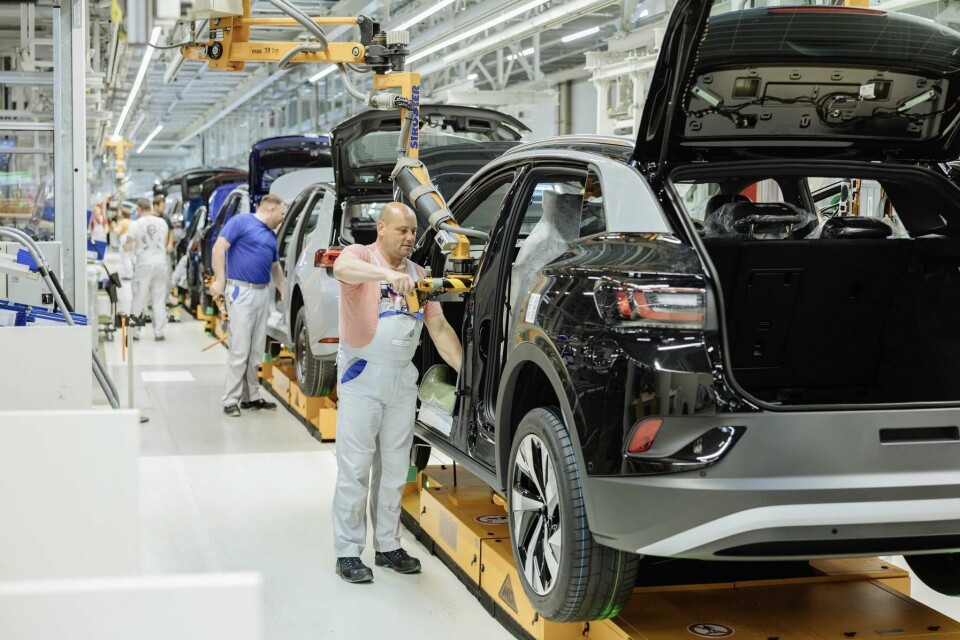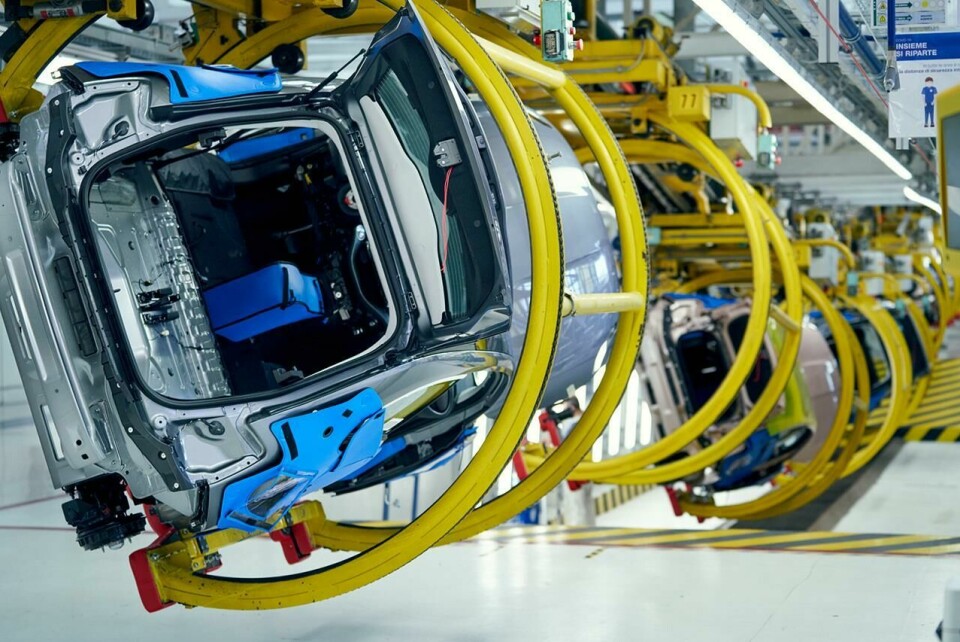Europe: OEMs face multiple challenges ahead
With global geopolitics in increasing turmoil and ongoing economic uncertainty, Ian Henry shares his thoughts on the notable challenges facing the European vehicle manufacturing sector.

Asian supply chains are at risk from logistics disruption, with shipping routes being rerouted away from the Gulf region and Suez Canal. Electric vehicle (EV) demand is slowing, and VMs are having to re-assess which models to launch and when, recognising that recouping their substantial investments in this area may take much longer than they had expected. Volkswagen for example has had to cancel plans to add the ID.3 to its production line-up at Wolfsburg; it cannot afford the costs of adding EV capacity there right now when its core Zwickau and Emden EV factories are operating at sub-optimal levels.

Increasing competition from outside Europe
At the macro-political level, the EU, UK and US are looking seriously at the threat of Chinese manufacturers “dumping” cheap EVs on already struggling markets; additional tariffs on Chinese EVs imported in Europe seem inevitable following an interim finding by the Commission in Brussels. Whether Europe or the UK decides to impose tariffs as high as potential President Trump has hinted at is another matter; Trump has suggested 100% tariffs on Chinese EVs and a 10% blanket tariff on all imports, from China and elsewhere. Such developments are for another day.
However, the Chinese are already planning for a time when exporting to Europe may be difficult and even uneconomic. BYD will open a plant in Hungary within the next 3-4 years; do not be surprised if it tries to accelerate construction of this plant and intensify its search for European suppliers. The OEM may also add a second factory once the first is up and running. Local production will get around any additional tariffs and it is difficult to see Chinese VMs’ European factories themselves being penalised if they invest here. So, following BYD, do not be surprised to see MG, Chery and others arrive in Europe before long. An entirely new electric VM, Leapmotor, has come to prominence, out of nowhere: it has signed an agreement with Stellantis, allowing the multi-brand OEM the right to sell and produce Leapmotor vehicles outside of China. This will likely include a replacement for the Fiat 500 to be made in Fiat’s home plant, Mirafiori in Turin.
More manufacturing collaborations to support economies of scale
In response to the looming threat of imported or locally made Chinese brands in Europe, Volkswagen and Renault are considering joining forces in the smallest (A) segment; the expected Volkswagen ID.1 (effectively the electric replacement for the Up! and sister models from SEAT and Skoda) could be made on the Renault platform which will be used for the electric replacement for the Twingo. Such an alliance continues a growing trend of VMs coming together to generate scale economies in highly competitive segments. For example, in vans, Toyota relies on Stellantis for vehicles which are simply badged as Toyota, while Volkswagen and Ford make vehicles for each other in Poland and Turkey. More project specific alliances can be expected in the years ahead.
Government policy across Europe may also become more interventionist, although the contours of such a move are unclear at present. There were reports that the Italian government was considering taking a stake in Stellantis. This was floated no doubt to gauge the company’s, and indeed the public’s reaction. But it also seems certain that the Italian government feels that it has lost leverage over Fiat now that it has become part of Stellantis. However, any such leverage may have been illusory as even when Italian owned and controlled, Fiat was not wholly committed to Italian production and had significantly grown its manufacturing line-up in Poland and Turkey for cost saving and productivity reasons. Even so, the new right-wing populist government of Georgia Meloni wants to be able to say to the electorate that it has Italian economic interests at heart much more than any of its recent predecessors.
And with the global political uncertainty and associated consumer frailties as job security loosens for many, the industry has had to continue with its investment in EV production to meet the zero emissions mandate in the UK and similar rules across Europe. By 2035, sales of new ICE cars will be banned across Europe, but whether EVs will have come down in price to levels which consumers can really afford in the same number as they did with ICE cars is another matter. The upcoming Volkswagen ID.2 and its crossover sibling are currently scheduled to be made at less than half the numbers of the Polo and T-Cross models they replace. Similar volume issues apply at other VMs. If EVs sell at much lower volumes that the ICE vehicles they replace, it will increase the time required to convert the car fleet in-use to zero emissions vehicles. In parallel, consumers’ likely retention of ICE cars for longer than in past will not help with reducing emissions and improving air quality; and as another unintended consequence, the price of used cars will go up due to their scarcity.

Slow EV sales impact battery production
The slowdown in EV sales, evident in regular reports of lower sales expectations or model launch delays at the German VMs especially, is having another side effect: lower EV sales mean fewer batteries are required, which has led to Volkswagen delaying the IPO for its in-house battery cell operation, PowerCo. This is because the share price and investment funds it hoped to generate were revised downwards because of lower sales projections. Hence the IPO was pulled, and Volkswagen will have to continue to fund PowerCo’s operations on its own for rather longer than it had planned or wanted to do. Similarly, Renault has pulled the IPO it had planned for its EV business unit, Ampere.
Automotive manufacturing is on the cusp of major technological change, but this change, the switch to EVs, is very expansive; and in the face of extremely powerful headwinds, it is clear that the transition to EVs will not be smooth. What remains to become clear is whether there will be any major corporate casualties along the road.


